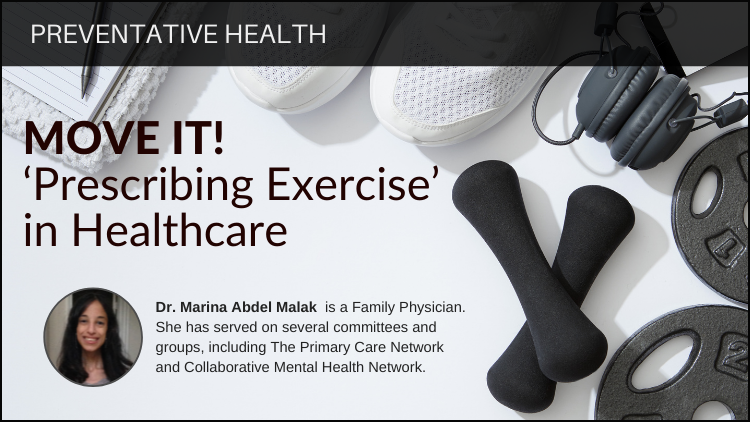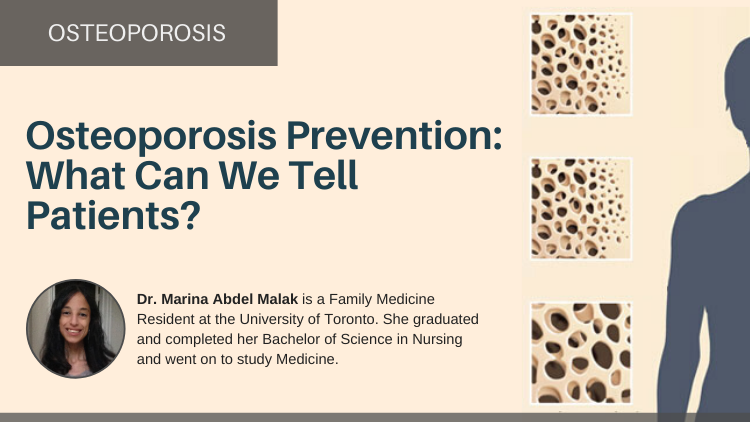Lina Medeiros, MSW, Social Worker, University Health Network - Toronto Western Hospital, Toronto, ON.
Debbie Kwan, MSc, Assistant Professor, University of Toronto; Pharmacist, University Health Network - Toronto Western Hospital, Toronto, ON.
Carol Banez, MAN, Clinical Nurse Specialist, University Health Network - Toronto Western Hospital, Toronto, ON.
Beatrise Poroger-Edelstein, MHSc, Manager of Elder Care, North York General Hospital, Toronto, ON.
Kitty Mak, BHthSc, Nurse, University Health Network - Toronto Western Hospital, Toronto, ON.
Keegan K. Barker, MEd, PhD(c), University of Toronto, Toronto, ON.
Rory Agellon, BSc, Dietitian (Retired), University Health Network - Toronto Western Hospital, Toronto, ON.
In light of the aging population trend and the complex needs of the aging population, there is an increasing impetus to develop innovative service delivery models that focus on health promotion and disease prevention and management, are easily accessible for older adults of diverse ethnic backgrounds, are community-oriented, and incorporate an interprofessional team approach.
This article describes the development, implementation, and evaluation of the Seniors Wellness Clinic, an innovative health promotion model of care for older adults focusing on primary and secondary disease prevention and disease management.
Key words: health services for the aged, multidisciplinary care team, program development, health promotion.



